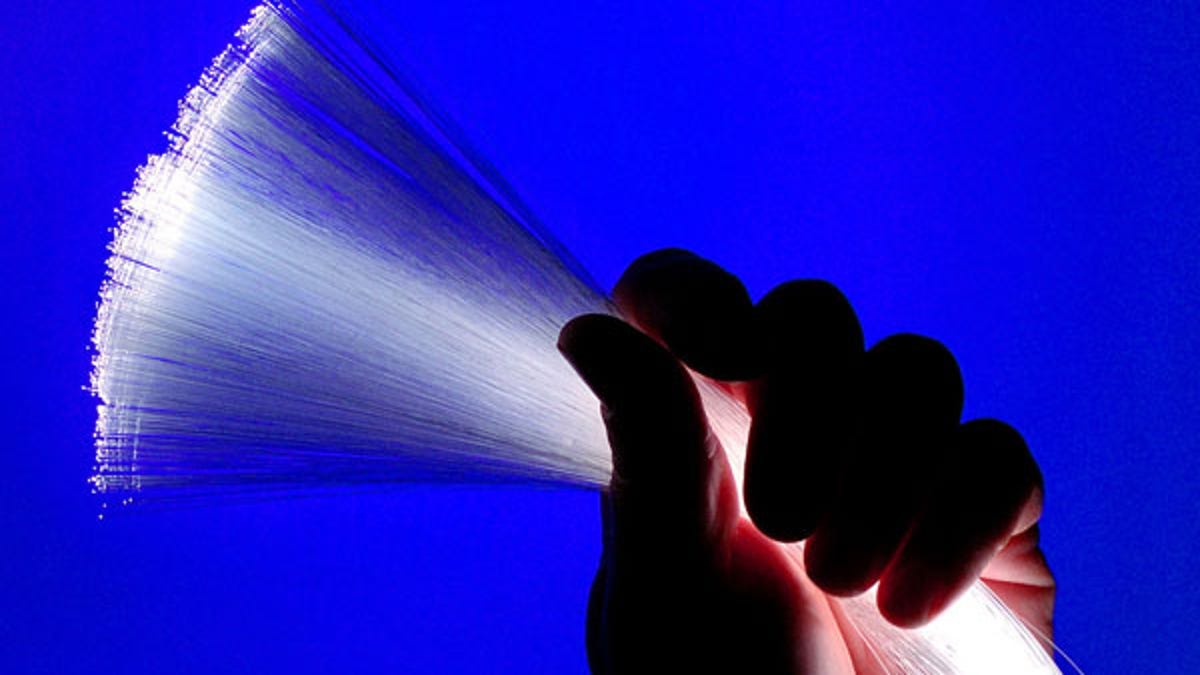Tapping 'noise canceling' data signals for faster Internet
Researchers have found a rather elegant way to improve data speeds on existing fiber technology, according to the BBC.

At the moment, sending data via fiber means blasting a light signal down the line. The farther you want the data to travel, the more power you need to put into the light beam. However, higher-power data signals can actually interact with the material of the fiber line, getting noise degradation into the signal.
The researchers, working out of Bell Laboratories and led by Xiang Liu, tried a technique similar to the way noise-cancelling headphones work to improve the data signal quality across longer distances.
Instead of one light beam, two beams that are mirror images of each other are sent through the fiber. Each beam will gather noise per usual, but that distortion will also be mirrored, so when the two beams are recombined at their destination, the noise is cancelled out.
Speaking to the BBC, Dr Liu said: "At the receiver, if you superimpose the two waves, then all the distortions will magically cancel each other out, so you obtain the original signal back."
The team used this "phase conjugate" technique to implement a data speed of 400Gbps over a distance of 12,800km. For some perspective, the current National Broadcasting Network plan in Australia proposes speeds of around 100Mbps. Read more about the researchers' work in the journal Nature Photonics.
(Source: CNET Australia)

